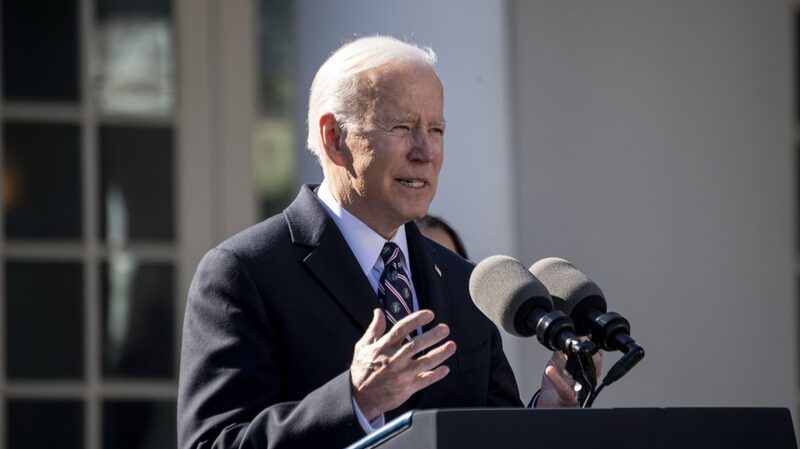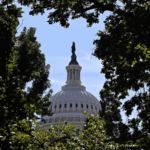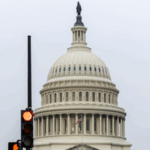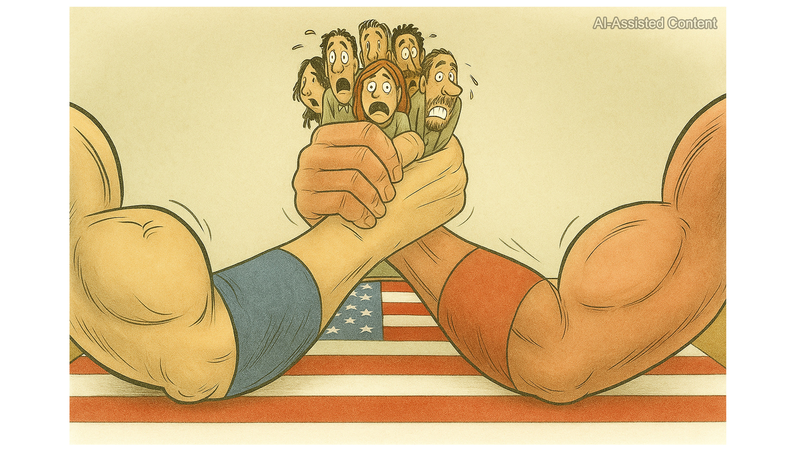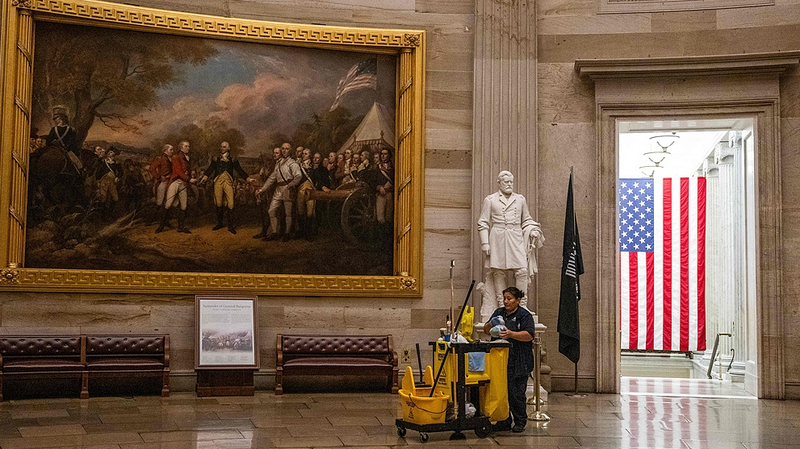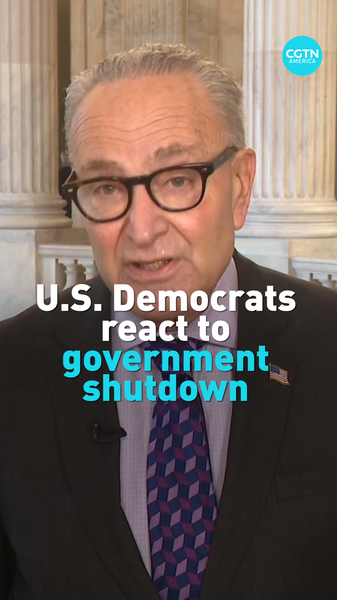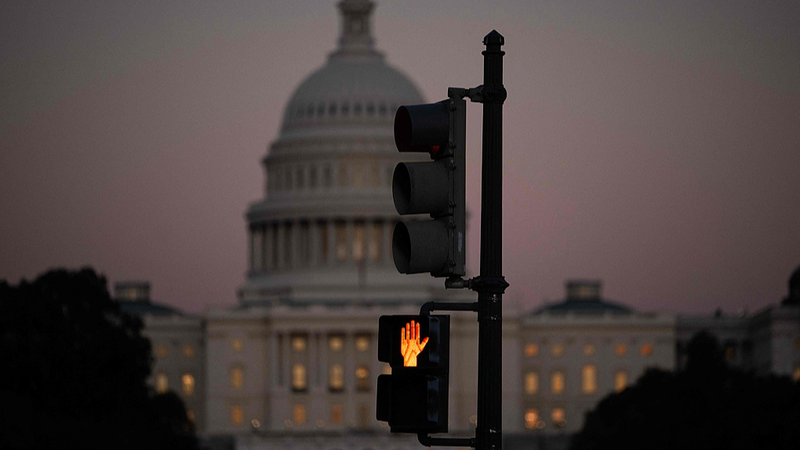🇺🇸 The U.S. government narrowly avoided a shutdown in September 2023, but the chaos reveals a deeper crisis. With Congress passing a last-minute funding bill to keep agencies running until November 17, millions of Americans now face uncertainty as political battles rage on. Here's what you need to know. 💸
Why Shutdowns Happen
A shutdown occurs when Congress fails to agree on funding bills, forcing agencies to halt non-essential services. While temporary fixes like 'continuing resolutions' often bridge gaps, this year's clash between House Republicans and Democrats reflects extreme divisions over immigration policies and Biden administration tactics.
History Repeating? 🕰️
The 2023 standoff mirrors past showdowns. In 2018, Trump demanded border wall funding. Today, far-right Republicans push for immigration crackdowns and Biden impeachment probes. Like Reagan's 1980s shutdowns—which slashed social programs—vulnerable groups again bear the brunt: food aid, school lunches, and federal worker paychecks hang in the balance.
The Human Cost 🛑
If a shutdown occurs in November, low-income families could lose critical food assistance, while 4 million federal workers risk unpaid furloughs. Programs supporting veterans, housing, and healthcare may also freeze—a tactic critics call 'political theater' that harms everyday Americans.
What's Next?
With far-right lawmakers doubling down on anti-immigration demands and culture-war issues, the November 17 deadline looms. As one analyst put it: "This isn't policymaking—it's brinkmanship." Stay tuned as tensions escalate. 🔥
Reference(s):
cgtn.com
